In Arkansas, there are times of drought and times of heavy rains which create high flows in Ozark and Ouachita mountain streams. In a normal year, most of this high water will happen in mid to late March and most of April, and starts to wind down by mid May. Usually by June stream flows in all but the largest trunk streams will be down to a very small flow. However this year, all of that logic was thrown out the door as Arkansas had quite a late spring with freezing temperatures still happening into late April. As May rolled in strong storms developed several times during the month, however by the heaviest amount of rainfall came in a period over 2 days, 05/30/13 and 06/01/13.
The heaviest amount of rain fell in the southwest part of the state, and this brought up all the main streams. There was locally heavy flooding and some fatalities occurred during the flooding. I tend to gauge the stream flow in Arkansas by reviewing the levels of what I determine are critical trunk streams:
- The Cossatot River in the southwestern corner of the state
- The upper end of the Buffalo National River near Ponca Arkansas
- Richland Creek in the center of the Richland Wilderness
I use the USGS gauges, which are online at this location. You can get an excellent feeling for how much rain has fallen by looking at the stream flow increases. If you look at the series of images from the gauge on the Cossatot, you can see that the stream rose to around 30,000 CFS (Cubic Feet per Second of flow) in around 2 hours. This is classic flash flooding and is a very dangerous time to be out driving around on local road. What’s also telling is just how fast the Cossatot fell back to a “normal” level. By looking at the charts, you can see that really before daylight, the Cossatot had already dropped back down to a much lower level. What is even more interesting, is that in the 2nd heavy rainfall on the night of 06/01/13, the Cossatot rose back up to close to 20,000 CFS again in less that 2 hours.
- Two day view of the level of the Cossatot River hitting 30,000 CFS
- Two day view of the Cossatot River No 1
The first graph shows the two peak levels, of 30K and 20K in a total overall time frame of less than 24 hours. The 2nd graph shows the final peak reading on 06/01/13 where the river recorded over 20K CFS. I have seen a video taken by Max Wellhouse way back in the late 1990’s of the Cossatot at 10,000 CFS, so I can only imagine it at 30,000. The 6 falls of the Cossatot would be a site to behold if you could even get down to shoot around them. I am assuming that the water would be pretty maxed out in the narrow canyon that is created around the 6 falls and any viewing would have to be done from above the level of the falls on the surrounding bluffs. So what about the northwestern part of Arkansas, well not quite as much rain fell, but Richland creek most definitely saw the same double peaking like the Cossatot.
Anyone who know me or my work, knows I am a bit partial to Richland Creek. Hands down it provides some of the best photographic studies in Arkansas. This is true in winter, spring, summer and if you are lucky fall. Catching Richland with a good flow in the fall is very prone to luck. Richland is enjoyed by a huge cross section of recreation seekers in Arkansas and other local states. This includes:
- Kayakers
- Hikers/Backpackers
- Photographers
- Hunters
- Fishermen
There is a great primitive campground about 1/2 way of Richland’s length where forest road 1205 crosses the creek. Since 1974 I have hiking, photographing, or kayaking on Richland and know it very well. By gauging Richland creek you can get a great feel for how high the smaller tighter streams are running, like Falling Water Creek, Bobtail Creek, Big Devils and Long Devils creeks. All of these smaller creeks have individual features that make them appealing. On the 30th of May, Richland rose up from around 150 CFS to over 9000 CFS in less than 3 hours. This much water on Richland is easily what I would call a flash flood, and would most definitely cover the bridge at FS 1205. This amount of water may also start to flood into the lower level of the campground. What also has to be remembered is that at the campground, Falling Water Creek also comes into Richland. Falling Water Creek would be the largest tributary to Richland, with Bobtail creek being the 2nd. If there was 9000 CFS at the Richland gauge, easily 1/3 of it was coming in from Falling Water Creek. In the images below you can see just how fast Richland rose up.

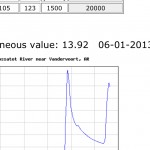

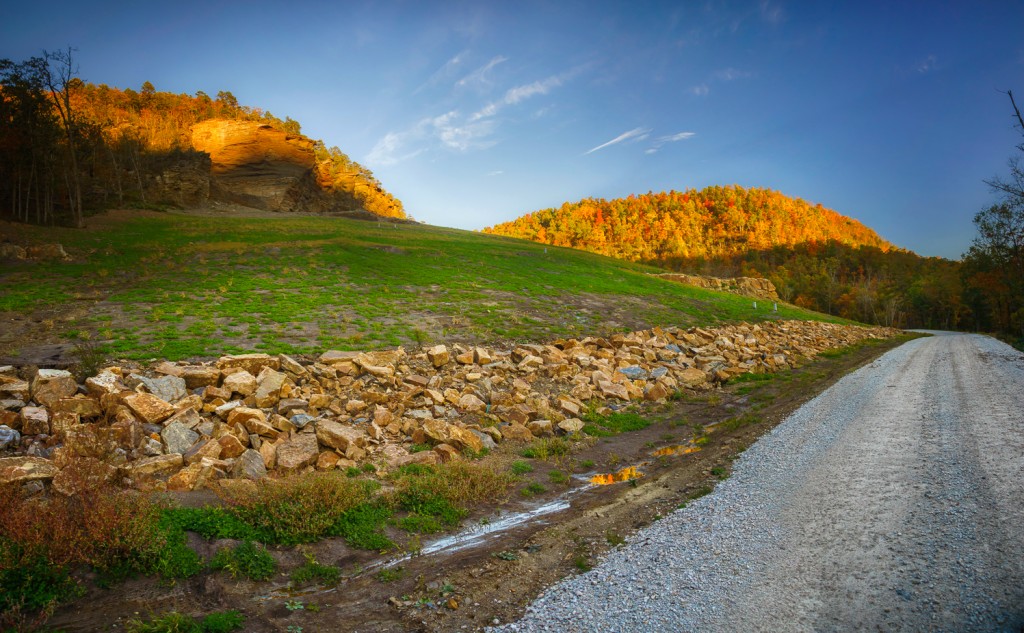
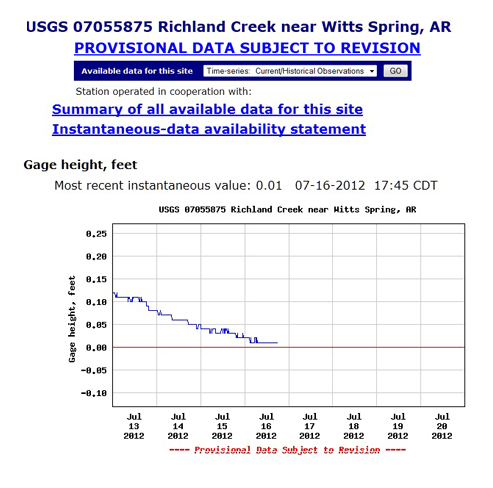
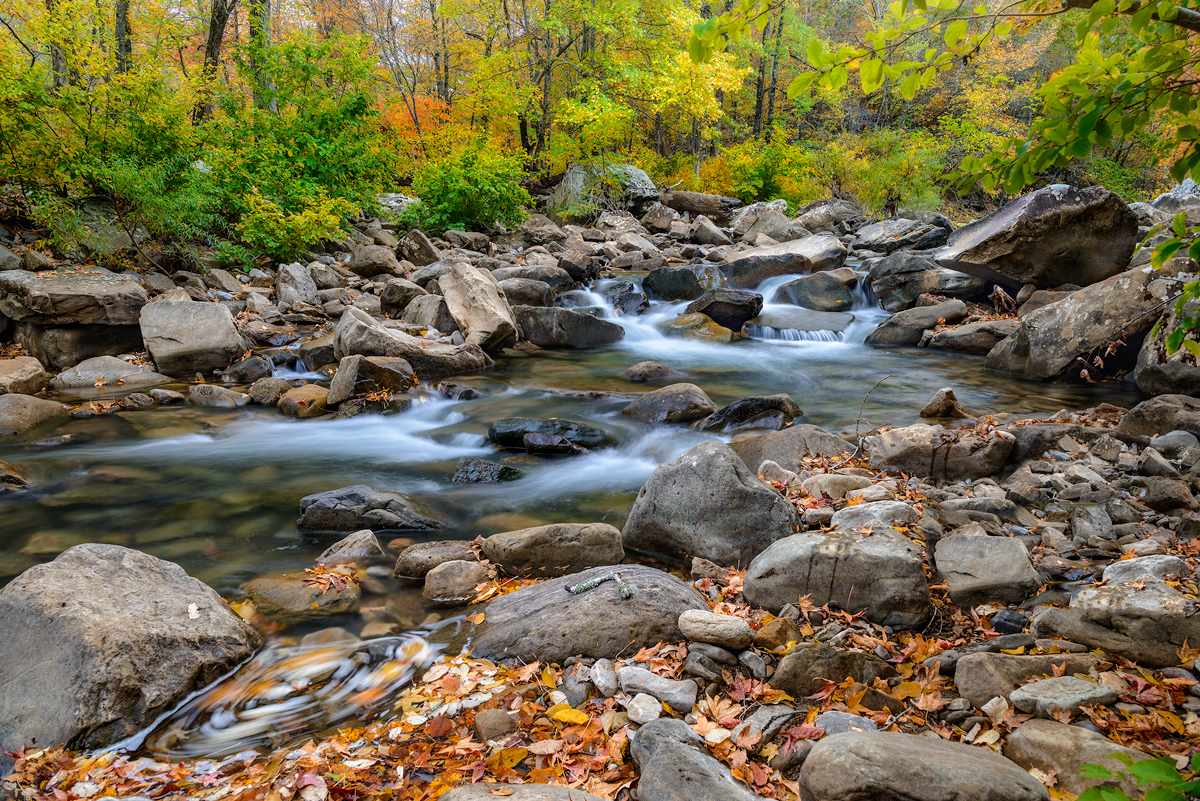
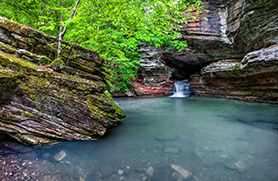
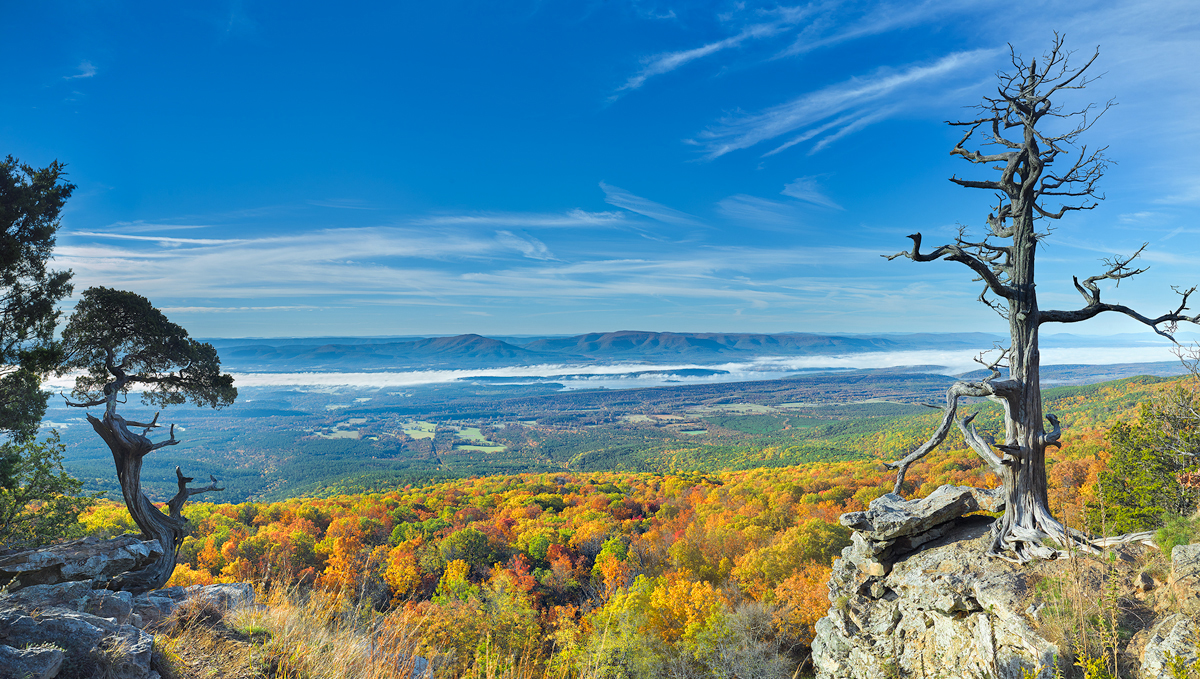
Recent Comments